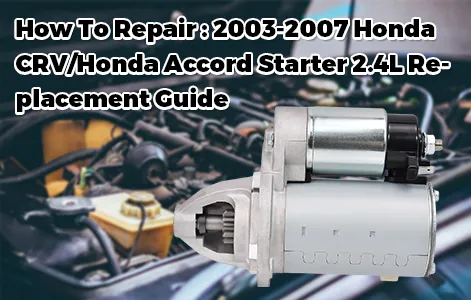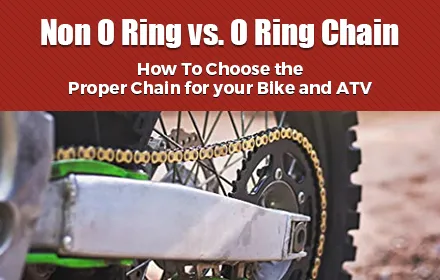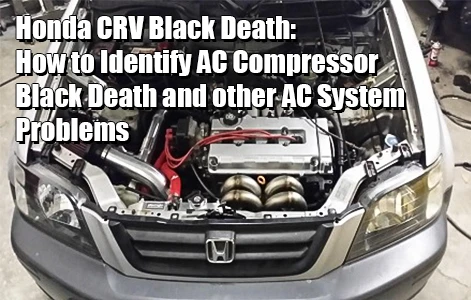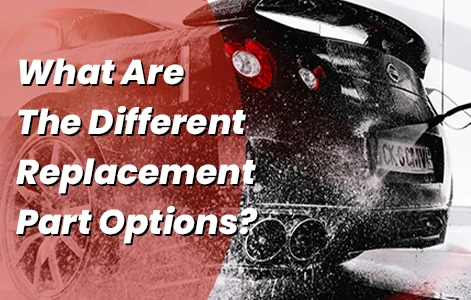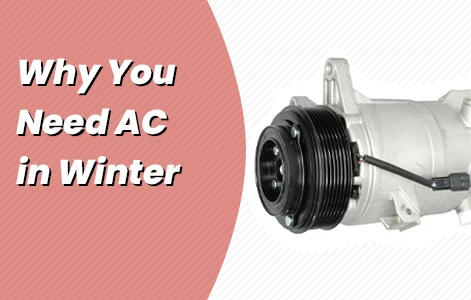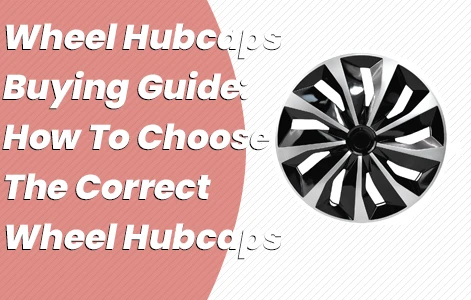As time goes by, your vehicle or machine are bound to wear and tear, parts will need to be replaced or repaired. Spare parts are an essential aspect of maintenance and repair, ensuring that vehicles and continue to function effectively. However, not all spare parts are the same, and understanding the different types is crucial to ensure efficient and timely replacement or repair. Today we will explore the different types of spare parts.
OEM (Original Equipment Manufacturer) Parts:
OEM parts are those produced by the original manufacturer of the equipment or machinery. These parts are designed to match the exact specifications of the original parts that came with the equipment. They are often the most expensive spare parts, but they offer the highest level of quality and reliability. The use of OEM parts is essential in maintaining the warranty of the equipment, as using other types of parts may void the warranty. OEM parts are suitable for critical components of the machinery, where accuracy and reliability are crucial.
Aftermarket Parts:
Aftermarket parts are manufactured by third-party companies and not the original equipment manufacturer. These parts are often cheaper than OEM parts but may not have the same level of quality or durability. However, many aftermarket parts are designed to meet or exceed OEM specifications, and some even offer better performance than OEM parts, like Hex Auto Parts. All parts we sell is brand new aftermarket parts. Nowadays, more and more brand third aftermarket starters are economical. The use of aftermarket parts may not void the warranty. Aftermarket parts are suitable for non-critical components of the machinery or as a cost-effective alternative to OEM parts.
Remanufactured Parts:
Remanufactured parts are those that have been reconditioned to meet OEM specifications. These parts are essentially used parts that have been refurbished to restore their functionality. Remanufactured parts are often cheaper than OEM parts and offer similar quality and durability. However, remanufactured parts may not be available for all types of equipment and may have a limited lifespan compared to new OEM parts. The use of remanufactured parts is suitable for non-critical components of the machinery, where cost savings are essential.
Used Parts:
Used parts are those that have been taken from equipment that is no longer in use or has been decommissioned. These parts are often the cheapest spare parts but may have limited functionality or lifespan. Used parts are suitable for non-critical components of the machinery, where cost savings are essential, and where the lifespan of the part is not a concern.
OEM Part Number :
The OEM part number is a part number assigned to an item by the automaker themselves, and is the most reliable way to ensure a part is a match. If you are unsure about some of the specific options your vehicle has, we can look up any OEM part numbers off your original part to see which replacement option they match. OEM part number, it’s also the only way to ensure 100% fitment, specifically when to choose atv parts or mower parts.
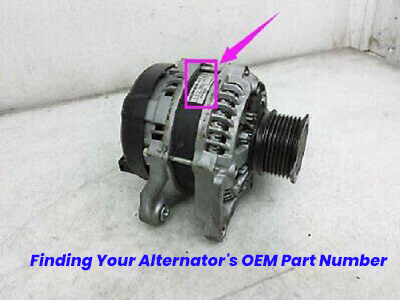
The OEM part number is a part number assigned to an item by the automaker themselves, and is the most reliable way to ensure a part is a match. If you are unsure about some of the specific options your vehicle has, we can look up any OEM part numbers off your original part to see which replacement option they match. OEM part number, it’s also the only way to ensure 100% fitment, specifically when to choose atv parts or mower parts.
There is a few ways to locate the OEM part number of the item you need to replace. It may be printed or stamped onto the part itself. If not, you may be able to contact a local dealership with your VIN, and they can look it up for you. As long as you know the OEM part number, you can search by Part Number on our search box to find correct item quickly.
